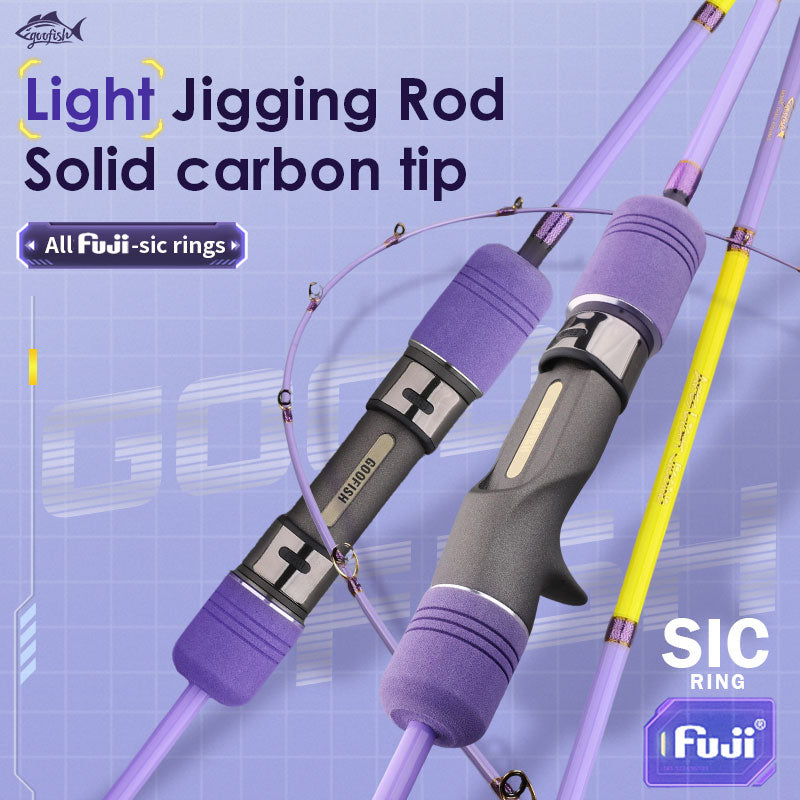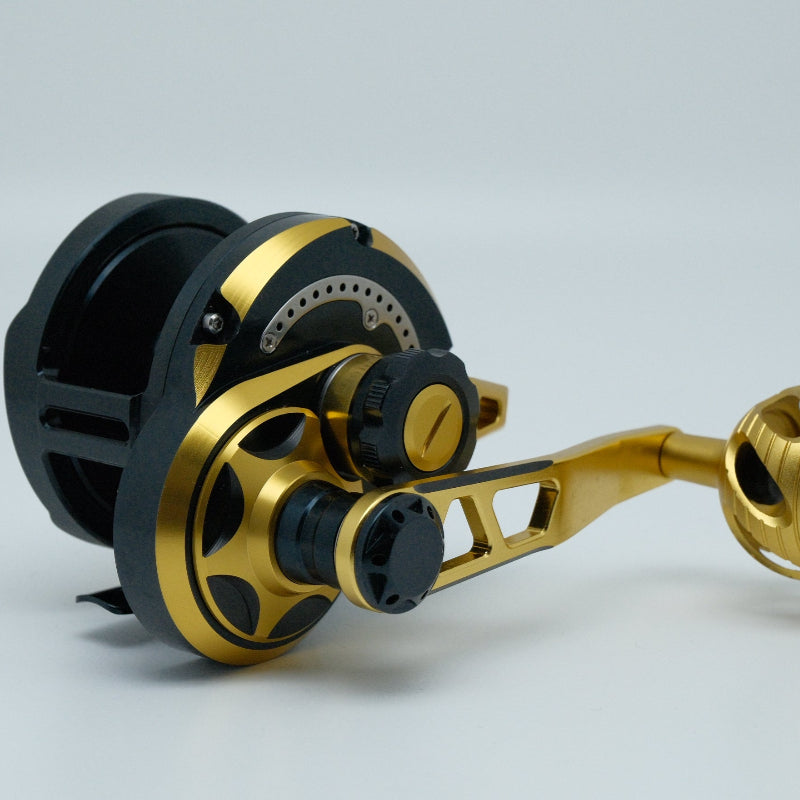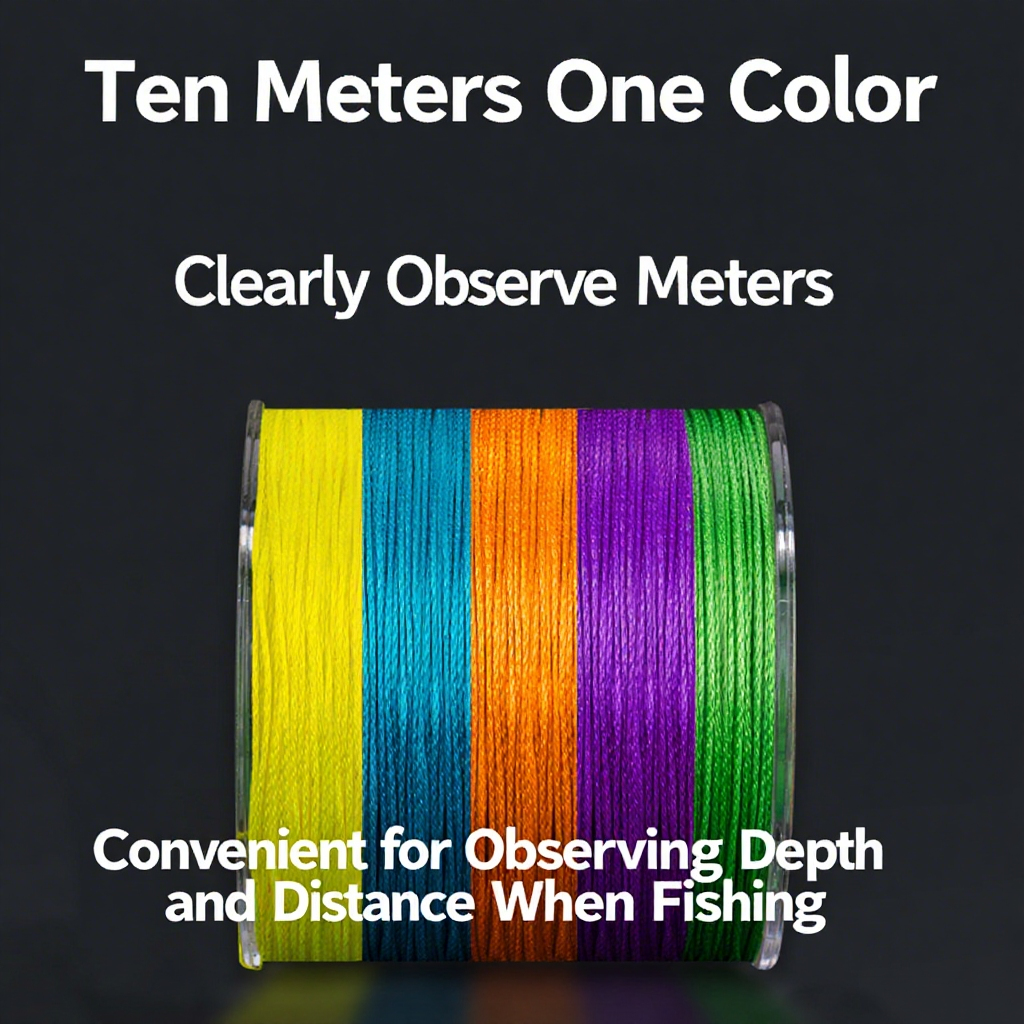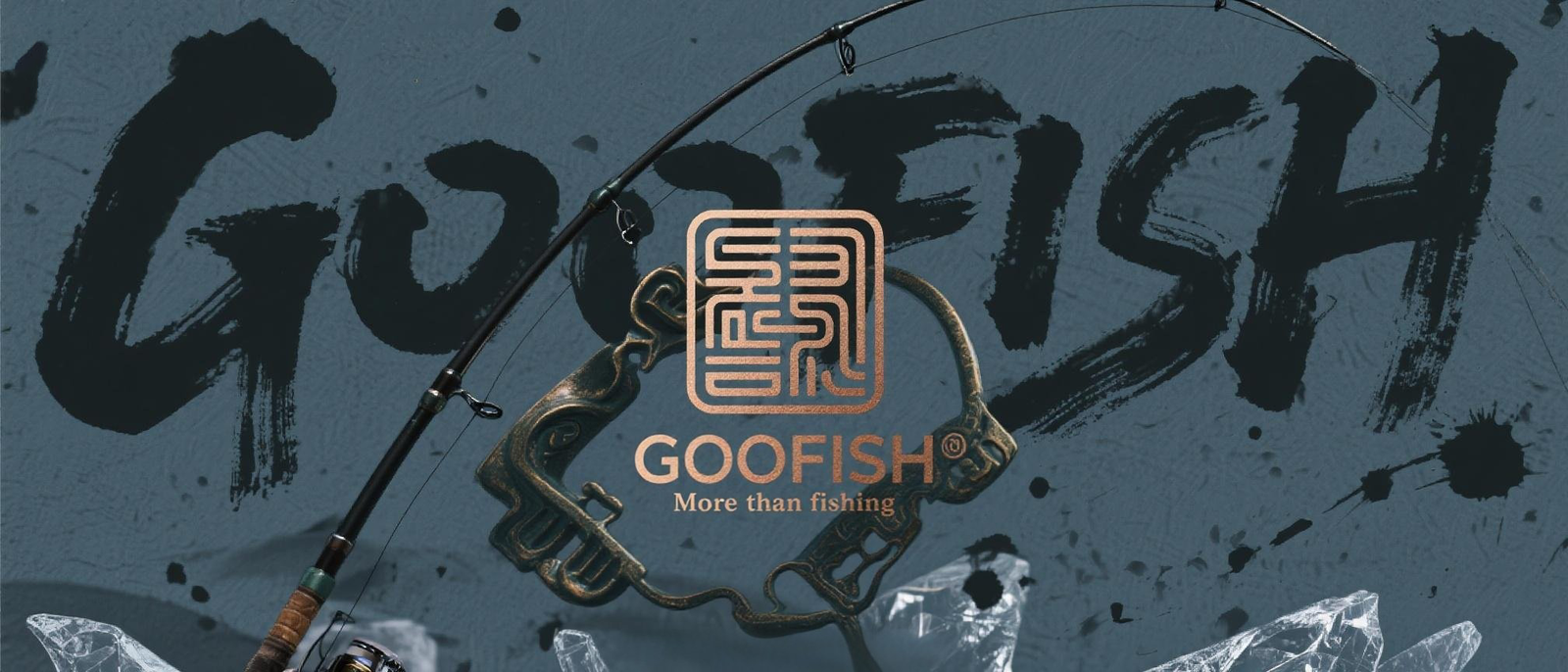Mastering Trout Fishing: Best Lures, Fly Rod Tips, and Expert Guides for Rainbow, Native Brook Trout, and Beyond
Welcome to the ultimate guide for anglers chasing rainbow trout, native brook trout, and beyond! Whether you’re casting in freshwater rivers or braving saltwater flats, this post dives into proven strategies, top lures, and essential fly rod techniques to elevate your fishing game. Let’s explore how to master each environment and target with precision.
1. Choosing the Best Lure for Rainbow Trout: What Works Every Time
When it comes to best lure for rainbow trout, versatility is key. These opportunistic feeders thrive on movement and scent, so focus on lures that mimic their natural prey—minnows, insects, and crustaceans.
-
Top Picks:
- In-line Spinners (e.g., Mepps Aglia): Their constant spin mimics a wounded baitfish, triggering strikes in rivers and streams.
- Soft Plastic Worms (colored in black, chartreuse, or crawdad patterns): Ideal for still water, drag them slowly to imitate a crawling crawfish.
- Dry Flies (like the Elk Hair Caddis or Royal Wulff): For fly fishing enthusiasts, these float on the surface and attract aggressive rises during hatches.
Pro tip: Match lure size to the trout’s environment—smaller lures (1–3 inches) in clear, cold streams; larger options (3–5 inches) in lakes or saltwater where bigger prey is common.
2. River Trout Fishing: Navigating the Current for Success
River trout fishing demands patience and an understanding of your target’s behavior. Rainbow trout and native brook trout both seek shelter in riffles, pools, and undercut banks, so here’s how to target them:
- Riffle Runs: Cast upstream and let your line drift with the current. Use weighted nymphs or streamers to reach deeper into crevices.
- Pools: Focus on seams (where fast and slow water meet) and drop-offs. Slowly retrieve a suspending lure to mimic a baitfish holding in the transition zone.
- Seasonal Adjustments: In spring/summer, target shallow waters for spawning trout; in fall/winter, deeper pools and tailwaters offer refuge from cold temps.
Remember: Always practice catch-and-release in river systems to preserve native brook trout populations and ensure sustainable fishing for years to come.
3. Fly Rod Tips for Trout: Gear Up for Precision and Control
A quality fly rod is an extension of your skill, so choosing the right setup is non-negotiable. Whether you’re tackling small streams or saltwater flats, follow these guidelines:
-
Rod Length:
- Freshwater (rivers/lakes): 8–9ft rods for better line control in tight spaces; 7–8ft for nymphing or tight-line casting.
- Saltwater (flats/piers): 9–10ft rods for longer casts and handling windy conditions.
- Line Weight: Match to trout size—lighter lines (3–5wt) for small trout in delicate waters; heavier lines (6–9wt) for saltwater species or large rainbows.
- Action: Fast-action rods for aggressive casts and long distances; medium-fast for versatility in varying conditions.
Pro tip: Invest in a high-quality leader (9–12ft) with a tippet suited to the environment—monofilament for saltwater, fluorocarbon for stealthy freshwater presentations.
4. Saltwater Trout Fishing: Adapting to the Flats and Beyond
While many anglers focus on freshwater, saltwater trout fishing offers thrilling adventures targeting species like bonefish, permit, or even saltwater-adapted rainbows. Here’s how to succeed in this dynamic environment:
- Tackle Selection: Use heavier rods (7–10wt) and abrasion-resistant lines to handle coral reefs and stubborn fish.
- Baits & Lures: Live shrimp, pinfish, or poppers (for surface strikes) are deadly. Slow, steady retrieves mimic injured baitfish in shallow flats.
- Tide Timing: Fish during incoming/outgoing tides when prey is most active; avoid midday heat in tropical zones to beat the bite.
Safety first: Wear polarized sunglasses to spot fish in the water, and always use sunscreen—saltwater environments amplify UV exposure.
Final Words: Gear Up, Respect the Water, and Keep Casting!
Whether you’re chasing rainbow trout in mountain streams, native brook trout in secluded ponds, or saltwater species along the coast, the key to success lies in preparation, adaptability, and respect for the environment. Remember—every cast is an opportunity to connect with nature and create memories that last a lifetime.
Ready to take your trout fishing to the next level? Share your favorite tips in the comments below, and don’t forget to subscribe for more angling insights, gear reviews, and destination guides!











Leave a comment